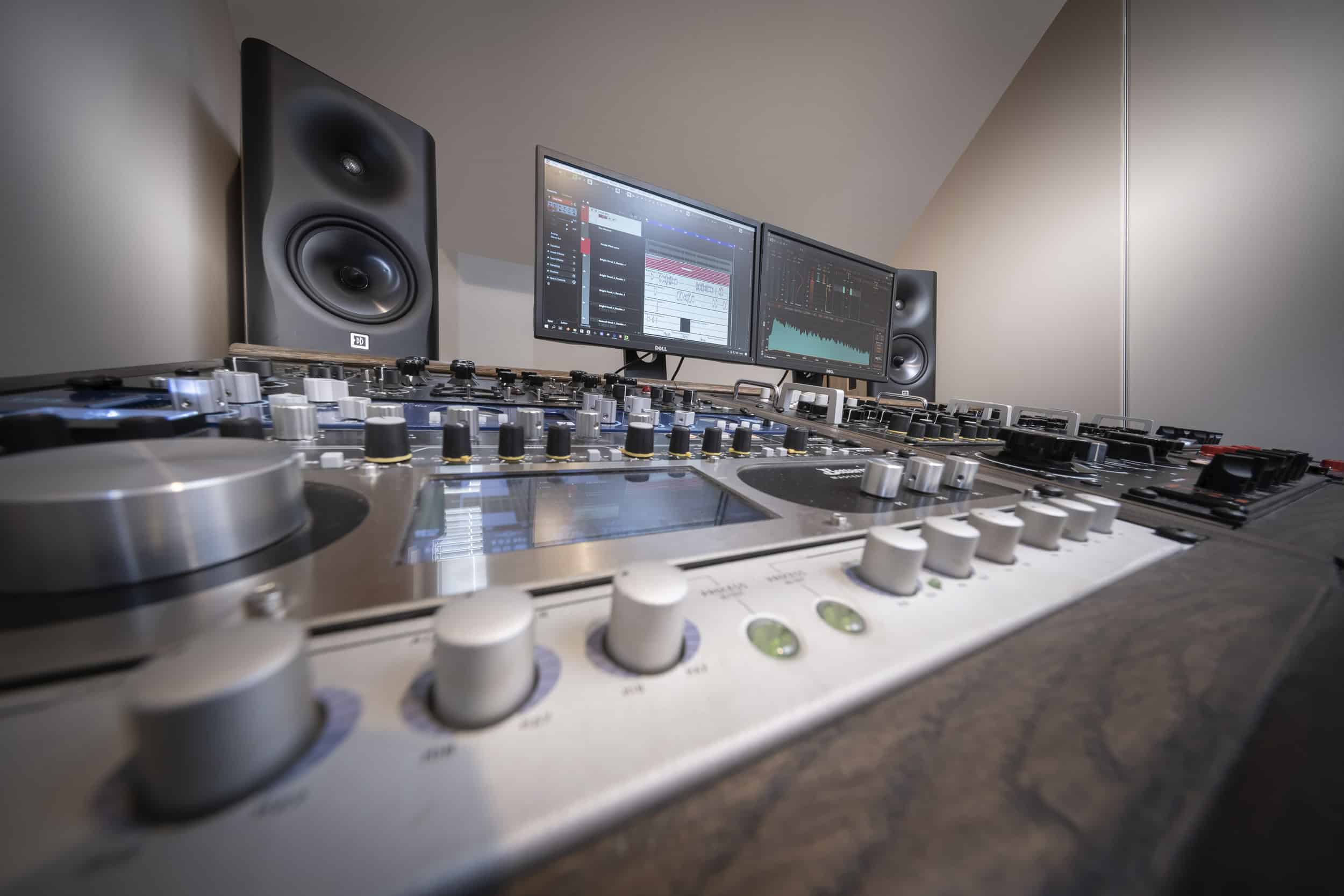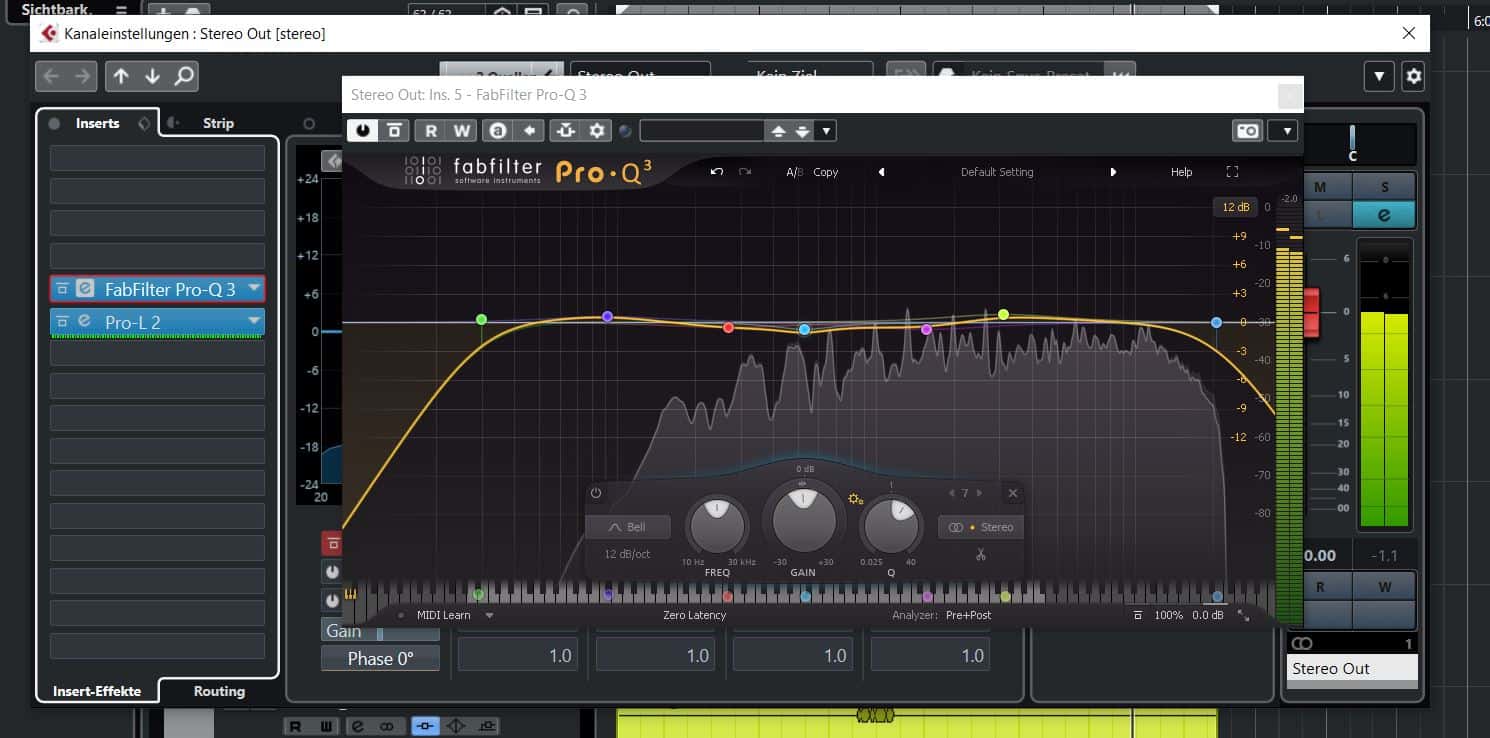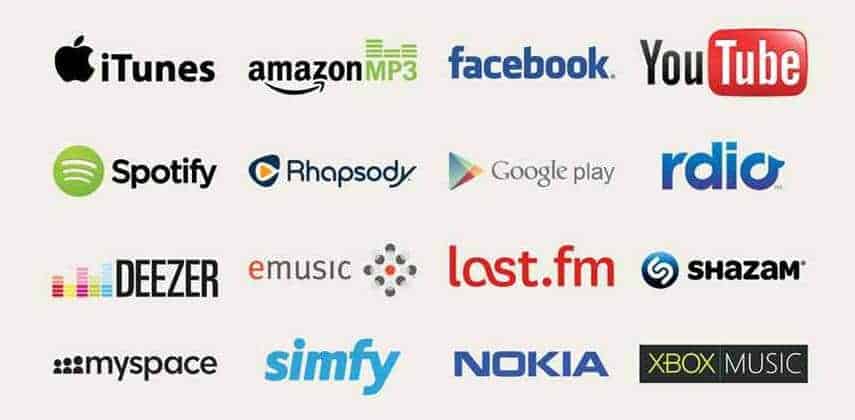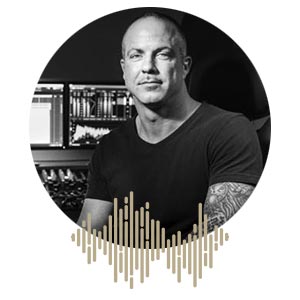48 khz sample rate - why 44,1 khz will soon be out
Long was 44,1 kHz sample rate (and 16 bit as bit depth) is the standard when it comes to audio material delivery went. A lot has happened in the past few weeks in favor of the quality of the music. For digital deliveries of audio, songs or music, now recommended to work with 48 khz sample rate (sampling rate and 24 bit bit depth).. Just at online mastering this is becoming increasingly important. But don't worry - 44,1 kHz remains the standard for CDs.
Analog streaming master for your tracks too?
DISADVANTAGES 48 khz SAMPLE RATE
- More storage space required
- Higher Asio load
APPLE ITUNES CHANGES DEFAULTS FOR MFIT (MASTER FOR ITUNES)
Apple has now announced that the HD format "Master for iTunes” can no longer be delivered exclusively in a 44,1 khz sample rate, but can now also be delivered with a sample rate of up to 96 khz. By default, Apple now delivers audio streaming in 48 kHz sample rate. Services such as Spotify and Amazon Music also save tracks with higher sample rates by default.
So it is only a matter of time before the other providers will deliver in 48 kHz as standard in the future.
Quote from Bob Katz:
Apple will losslessly stream it at 96k, and they will downsample it to 48k and lossy encode it and stream that at 48k for their lossy service. So Apple's lossy stream gets a serious upgrade, as AAC at 48k sounds significantly better than at 44.1k.
LESS ALIASING AT 48 kHz SAMPLE RATE
WHAT IS ALIASING?
Aliasing Simply put, they are “frequencies or interference frequencies” that can occur within music and audio when the sampling signal contains frequency components that are higher than half the sampling frequency. Here so-called low-pass filters or “hi-cuts” are used, which are at a Sample rate of 48 khz produce significantly less distortion than with a sample rate of 44,1 kHz.
Conversely, this means that calculations such as “saturation”, etc., which go beyond 22,05 kHz, the audio signal sounds significantly less attractive than with 48 kHz, where half the sampling frequency is 24 kHz. Of course, the DACs (digital to analog converters) use so-called “low-cut filters”, but which ones not completely free of distortion work at 44,1 khz.
Even if the human ear only hears from 20 Hz to 20 kHz, according to scientific studies the ear can perceive frequencies of up to 50 kHz via bone sound absorption. But what is much more important here is the fact that there is also a limit at 22,05 kHz negative affects the calculations within the audible frequency range (20 Hz to 20 kHz).
BETTER PLAYBACK QUALITY ON TERMINAL DEVICES
By default, the DACs (digital to analog converter) of end devices such as smartphones, Bluetooth speakers, TV sets etc. for playing mp3 or other audio and music with a Sample rate of 48 khz on the go. So there is another qualitative advantage that speaks for the delivery in 48 kHz sample rate. In contrast to the delivery in 44,1 khz so here no additional sample rate conversion takes place.
STREAMINGTEST MASTER
Test our analog streaming mastering now for the ideal sound on all streaming portals.
INTERNAL PLUG-IN CALCULATIONS BECOME FINER AND MORE ACCURATE
Let's take a closer look at a waveform. You can see quite quickly that this is not as round as it seems at first glance. At a sample rate of 44,1 kHz, the waveform consists of 44100 sample points that are sampled. This is called the sampling rate. At 48 khz, that's 48000 times in which the audio signal or music is sampled. the Waveform calculation can also be carried out finer and more precisely here.
CONCLUSION OF HIGHER SAMPLE RATE
The acceptance of the sample rate of 48 khz is increasing and streaming providers are gradually following the upgrade in quality. Now only the distributors who forward the music to the streaming platforms have to follow the new standard. For the producers, the artists and above all the listeners, this means a further improvement in their music. Even with later conversion to mp3. We therefore advise to convert the project-internal sample rate to 48 khz in the future and to deliver audio in the same sample rate. Of course everyone is free to continue working in 44,1 kHz. However, if you want to exploit the full potential, you should reconsider this.
Bob Katz continues:
Also consider that the majority of portable devices' DACs are already operating natively at 48k, so it's best to feed them at 48k. Folk, It won't be long before 44.1 k bites the dust!
WHY STREAMING DISTRIBUTORS HAVE NOT ALREADY SWITCHED
In the course of our work, we are repeatedly asked by customers to change the file format because their streaming distributor only accepts a 44,1 kHz sample rate (eg Recodjet or similar).
WE STRONGLY ADVISE AGAIN!
The streaming portals usually accept everyone 48 kHz without hesitation (e.g. Distrokid) and also enjoy higher sample rates in order to create the highest possible quality streaming experience for the listener.
Therefore, we always advise to change distributors, since due to the above-described advantages of 48 kHz and disadvantages of 44,1 kHz, from our point of view it makes little sense if an artist Creativity, love, passion, time, work and money has invested in its production to deliver it in a lower quality than possible. It would be almost as if you had baked a homemade pizza, but only served frozen goods to your guests.
But why don't the distributors change accordingly?
We and our colleagues with whom we are networked worldwide cannot find any answers to this question, apart from the financial aspect of the programming effort.
ADDITIONAL INFORMATION
Specifications for delivery to streaming services:
https://www.peak-studios.de/upload-streaming-dienste/
Rounding errors with wrong sample rate:




